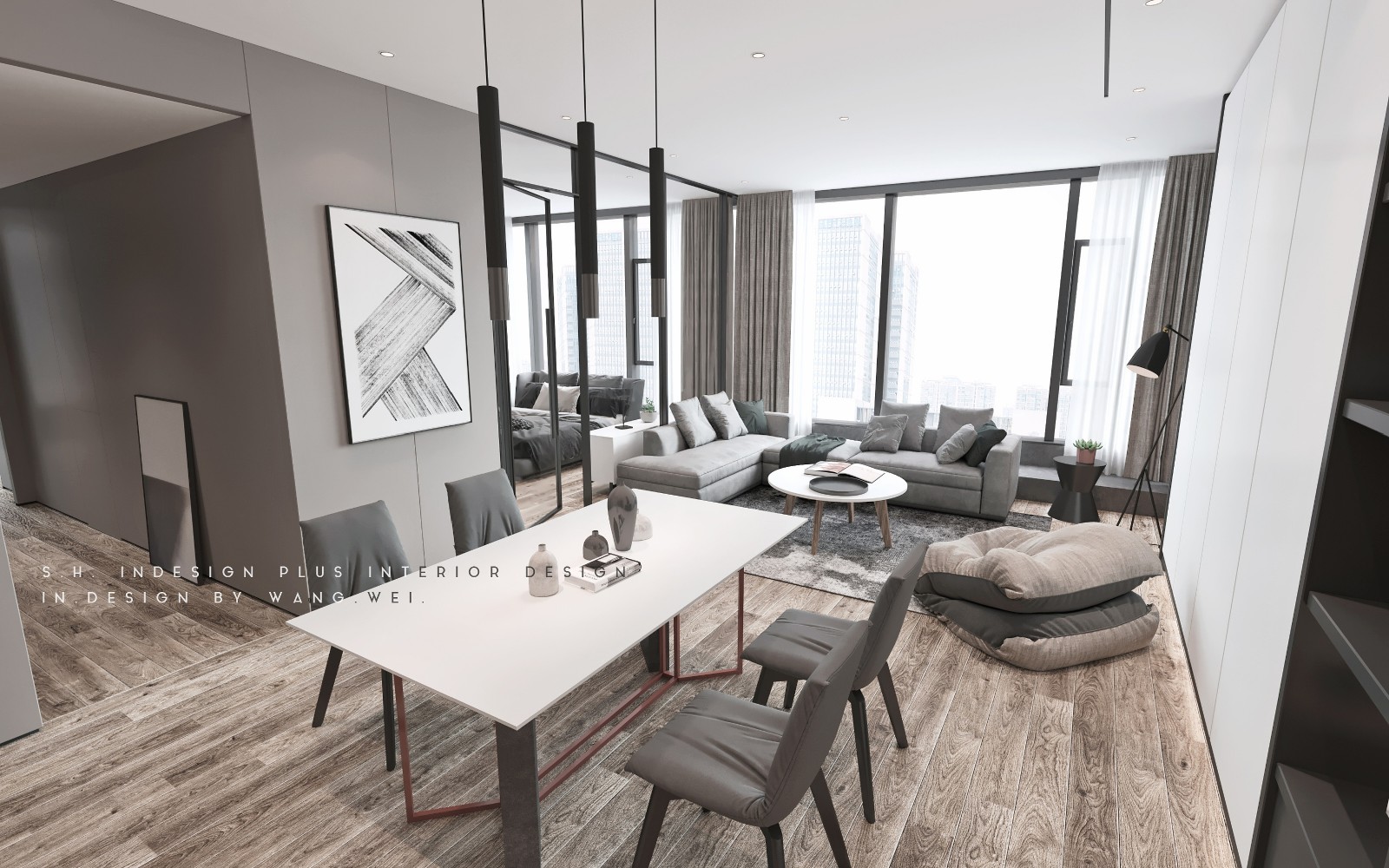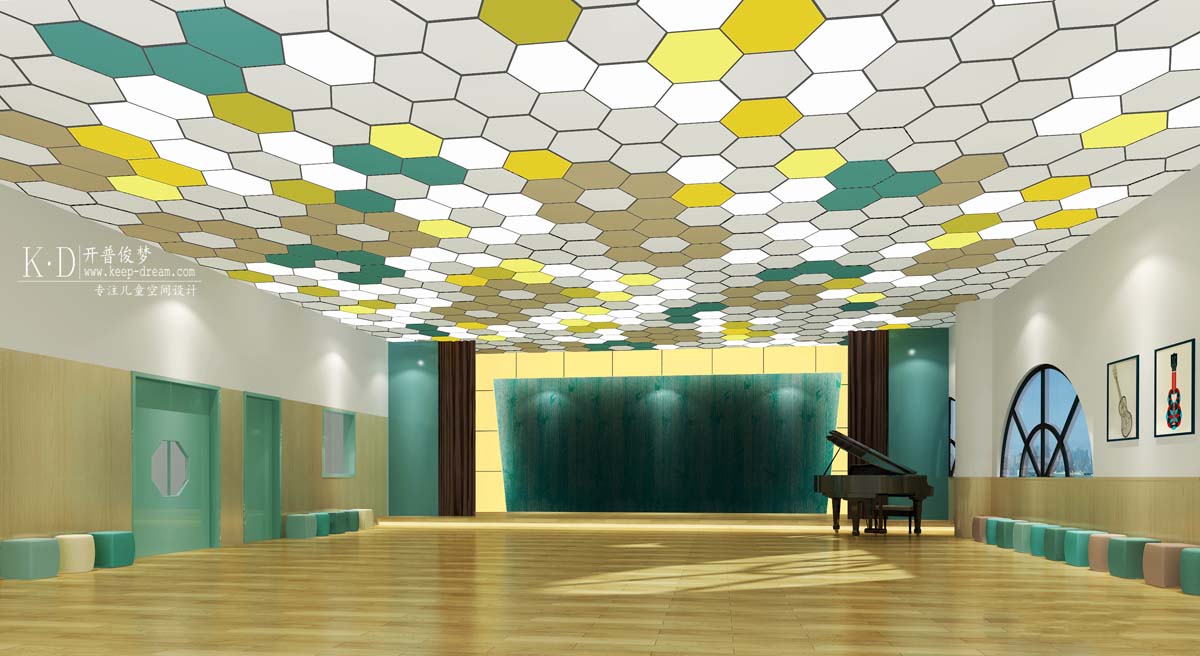House for Installation JAM
2014-05-19 01:00
架构师提供的文本描述。这个地点是通向商业街的后巷的一个角落。这是1976年建造的一座木屋的翻新工程。现有建筑物有办公部分和住宅部分。这间乱七八糟的办公室的门面向街上显露出丑陋的面貌。由于室内房间组成不清,住宅部分呈现出突发性的状况。
Text description provided by the architects. The site is a corner of the back alley leading to the shopping street . This is a renovation project of a wooden house built in 1976 . Existing buildings had an office part and residence part. This promiscuous office’s facade revealed ugly appearance to the street. By sloppy composition of inside rooms, the residence part was showing the abrupt condition.
© Jun Murata
(3)村田军(Jun Murata)


从客户是一个艺术家,一个舒适的生活空间,创作空间,展览空间,她的作品是必需的。此外,还要求翻修办公室的门面。在结构硬质、成本高的情况下,我们考虑了空间应该如何连接和分离,必须为室内空间提供足够的自然光,而不必制造新的窗户。
From the client is an artist, a comfortable living space, the space for creation, and exhibition space of her works are required. Additionally, the renovation of the office’s facade is requested. Under the hard condition of structure and the severe cost condition, we considered how should the space connect and separate and had to provide enough natural light to the inside space without making new windows.
Floor Plan


首先,在拆除了不必要的墙壁后,我确认了自然光的方向。拆除旧结构,更换新设备布局和足够的存储空间,简单地将柔性循环连接起来,合理设计照明方案。
Firstly, after unnecessary walls are removed, I confirmed to know the direction of natural light. Old structure is dismantled, new equipment layout and enough storage replaced functionally, and flexible circulation is linked simply, and designed lighting plan rationally.
© Jun Murata
(3)村田军(Jun Murata)


第二,在中心部分安装斜墙,并在其旁边放置一条足够宽的走廊。这堵墙给人比实际空间更深的印象。此外,它还缩小了柔和的自然光从南面,放大了它的强度进行内部空间。
Secondly, the oblique wall are installed the center part, and placed a corridor has enough width beside it. The wall gives a deep impression of depth than the actual space. In addition, it narrows the soft natural light from the south side, amplified the intensity of it with proceeding inside space.
© Jun Murata
(3)村田军(Jun Murata)


在走廊中央安装了与存储核心相似的开口门,使服务循环进入厨房。楼梯延伸至垂直于此,所述两维流动空间被提供。南面部分-以前有日本风格的房间-被转换成一间大房间,面对的最小空间是白色的。它用作生活、餐饮和日式房间,准备了各种照明图案.
A opening door has detail similar to the storage core is installed on the middle of corridor, which leads as service circulation to the kitchen. Staircase is extended so as to be perpendicular thereto, the amphidromous flow space is provided. The south face part - previously, there was Japanese-style rooms – is converted to one large room which faces a minimum space as white blank. It is used as living, dining and Japanese-style room, prepared various lighting patterns.
© Jun Murata
(3)村田军(Jun Murata)


此空间与日式开放的长方形房间有关,用作展览、储存等用途。在这里,这是一个空间,曾被用作一个传统的壁龛和佛教祭坛。这个新的壁龛空间和日本风格的房间是分开的祭坛和小墙壁,被切断在锐角边缘。一个白色的长方形,由间接的光在它后面传播,已经导致了空白的空白在空间。
This space related with Japanese-style room with a rectangular opening, is used as the exhibition, storage and etc. Here, it was a space that had been used as a traditional alcove and Buddhist altar. This new alcove space and Japanese-style room are separated with the altar and small walls which are cut off at the acute angle edge. A white rectangle by the indirect light spread behind it has led to the blank of empty in the space.
© Jun Murata
(3)村田军(Jun Murata)


天花板上的每个缝隙-各种宽度的大小都是在天花板上确定的,安装了间接照明、窗帘和滑动门。此外,在亚麻布房没有窗户,引导自然光从南方,一个垂直的狭缝是在墙的边界与日本的房间。
Each slits provided in the ceiling - the scale of various widths are determined on it, installed indirect lightings, curtain and a sliding door. Additionally, in the linen room has no window, to lead the natural light from the south, a vertical slit is bored on the wall of the boundary with Japanese room.
© Jun Murata
(3)村田军(Jun Murata)


打开门的外观就像独立站立板,保持与墙面的间隙。为了消除过度的噪声绝缘和气密性,它的细节设计具有适度的流动特性。通过白天和黑夜,从它的周界,光明和空气通过,风和各种声音在日常生活中流动。
Opening doors has appearance as free-standing plate by keeping the gap away from the wall surface. To eliminate the excessive noise insulation and airtightness, its detail designed to have moderate flow property. Through the day and night, from the perimeter of it, the light and the air are passed through, and wind and various sounds flows in the daily life.
© Jun Murata
(3)村田军(Jun Murata)


它用无机的气氛将生命的运动和各种表达融入了白色空间,使空间更加丰富。细腻的细节,简洁的,突出的印象,材料精心选择和表达的光。有空白的适度空间-我想给出空间的可变性和容忍度。我认为,通过提供一个原始的居住空间,居民可以有不同的选择。
It gives the movement and various expressions of life into the white space with the inorganic atmosphere, and makes the space rich. Delicate details with simplicity are highlighting the impression of material which chosen carefully and the expression of light. Modest space with the blank space - I wanted to give the variability and tolerance in space. I think, by providing a primitive space of living, residents are able to have diverse selectivity.


















































Architects Jun Murata
Location Kashiwara, Japan
Category Renovation
Area 116.0 m2
Project Year 2014
Photographs Jun Murata
























